In a world where video game development was a long, quiet river, you would already be immersed in Assassin's Creed Shadows. Perhaps you would even have finished the epic story of Naoe and Yasuke in Japan. Indeed, the release of Assassin's Creed Shadows was initially scheduled for November 2024 before being postponed to February 14, 2025. Finally, the new episode of the cult franchise was postponed one last time to March 20.
Ubisoft Quebec wanted to take a few more weeks to fine-tune the details of a particularly anticipated adventure, especially because of the setting in which it takes place. Does Assassin's Creed Shadows take us on a memorable journey? Far from it.
Yasuke and Naoe, the Assassin’s Creed Shadows duo that works
First of all, it’s worth discussing the context in which we’re immersed in this Assassin’s Creed Shadows. The game takes us to 1579, to the heart of feudal Japan and more specifically to the Sengoku period. The country is experiencing a major turning point in its history due to its unification led by the first unifier Oda Nobunaga.
In this context, Assassin’s Creed Shadows offers two playable characters. Naoe is a young shinobi whose village of Iga is just under attack from the troops of Lord Oda Nobunaga. The samurai Yasuke, whom we will only be able to play as we wish a few hours later, finds himself at the side of the legendary daimyo, who freed him from his status as a slave.
The prologue of the adventure is particularly engaging for its captivating atmosphere and its staging, much better than in Assassin’s Creed Valhalla. The cinematics stand out for their dynamism. The beauty of the environments and the care taken with the 3D character models are striking. A quality of production also possible because Ubisoft is finally freeing itself from support for the PS4 and Xbox One.
Moreover, the charisma of Yasuke and Naoe manages to hook us from the start. An observation even more striking in the original version, even if the French version remains of good quality overall. Unfortunately, the pace, high-flying direction, and interesting storyline challenges of this prologue are all elements that are almost never found in the rest of the adventure. Yes, the observation is particularly brutal, but inevitable.
A scenario that does not take advantage of its good foundations
The narrative of Assassin’s Creed Shadows revolves around the assassination of members of a mysterious organization called the Shinbakufu. To unlock the mission that will finally allow you to eliminate a follower, you must complete a series of particularly insipid quests.
Each arc of a member of the Shinbafuku is linked to the local political context of the area in which they find themselves. It is difficult to be moved by the overly classic stakes posed by these. The main narrative, linked to Yasuke's and especially Naoe's desire for revenge, barely progresses between the prologue and the epilogue, even though the hero duo is particularly endearing.
Furthermore, the objectives are all similar, as we had already anticipated during our preview of Assassin's Creed Shadows: you generally have to recover an object or eliminate a target in an enemy camp to achieve your goals. Once you have completed the two or three missions related to a Shinbakufu member, you can start the last quest, which is also not particularly original.
Naoe and Yasuke launch an assault on the target's hiding place, without the dungeon offering anything innovative compared to other open-world castles. Combat is still the only way out, making the dialogue choice system completely superfluous. You might be in for a shock if you're coming off Kingdom Come Deliverance 2.
Uninspired missions
Don't expect the most important moments of these missions to be as well-staged as the prologue sequences: Ubisoft is content with more classic cut-scenes (those where you can skip the dialogues one by one) that feature the famous shot/reverse shot that we see all too often. There are only about ten major cutscenes throughout the adventure and the majority are condensed to the beginning of the adventure and the end of acts 1 and 3.
Ultimately, the highlights can be counted on the fingers of one hand. The story only captivates us when it puts the personal issues of Naoe and Yasuke at the center of the plot, but these passages are unfortunately far too rare. Even the conclusion of the main story, which comes after a little less than 30 hours, is poorly executed due to its rather strange construction.
Beyond the Shinbakufu, there are several organizations to decimate to collect rewards. For both its main and secondary missions, Assassin’s Creed Shadows attempts to take a step towards greater immersion by not telling us exactly where to go via an objective marker.
You have some rather vague indications about the province and sub-region you need to go to. You then need to use a scout to determine the exact location. Everything is done directly on the map: simply position yourself in the chosen area and send the scout to make the objective marker appear.
This falsely immersive system is one of the elements that makes us think that Ubisoft has indeed tried to move towards a less directive formula, without completely daring to depart from its proven codes in all its open worlds.
A Captivating Feudal Japan
If there's one area where Assassin's Creed Shadows delivers, it's in its artistic direction. Ubisoft Quebec's Feudal Japan is visually pleasing. The atmosphere is captivating both in small towns and in more majestic places like temples or immense castles with credible and detailed architecture.
Ubisoft also uses the movement of vegetation to make its environment more lively, like a certain Ghost of Tsushima. The open world of Assassin’s Creed Shadows doesn’t amaze us as much as that of Sucker Punch’s title, but it’s a success. The quality soundtrack also contributes to this rather captivating atmosphere, although no song really stands out, and certainly not the Japanese rock that surprisingly intervenes at key moments.
The infiltration is too classic despite a few additions
The two playable characters of Assassin’s Creed Shadows have very distinct qualities. As a shinobi, Naoe is a master of stealth. She is far more mobile and faster than Yasuke. She can use her grappling hook to easily reach high places and use her tools (kunai, smoke grenades, shuriken, and bells) to distract enemies or attack them silently. It is still possible to assassinate opponents with the Hidden Blade and even grab them to stun them a little further away.
It's almost impossible to be stealthy with Yasuke due to his size and the noise he produces. However, you'll have no trouble taking out multiple enemies in a row thanks to his striking power and durability. Note that both characters share some new abilities introduced by Shadows, such as lying down, turning off lights to hide in the shadows, or passing through hatches on rooftops.
Even when two guards are side by side and you whistle, only one of them approaches your position, while the other goes about their business as if nothing is happening. Eagle vision, which allows you to see all enemies through walls like in Assassin’s Creed Mirage, does little to increase tension or immersion during infiltration phases.
A combat system that maintains continuity
In combat, we find parrying, dodging, as well as classic attacks and charged attacks (called posture attacks). The adrenaline gauge above your character's HP allows you to launch skills with various effects.
Deflecting enemy attacks displayed in blue or dodging unstoppable attacks appearing in red allows you to create an opening in the enemy's guard. It's then up to you to decide whether you prefer to deliver a combo or a posture attack, knowing that the end result is the same.
Again, don't expect anything revolutionary: the gameplay is more than basic, as is the enemy pattern, which remains the same from the beginning to the end of the adventure. There are a few bosses with unique patterns, but nothing that will require you to use your brainpower.
Note that collision issues regularly disrupt the fights. Sometimes a small piece of scenery blocks you and prevents your ability from reaching your opponent. Your character can even climb onto nearby objects against their will. Worse, if you use the dodge button near a ledge, expect Naoe and Yasuke to cling to it rather than simply sidestep. These problems come up all too often to annoy us and can even cause our downfall on high difficulty.
You can still collect weapons and equipment by completing missions, from merchants, or from chests placed here and there, especially in enemy camps. Moreover, all these items have their own unique design. They benefit from great care, with Ubisoft having shown real attention to detail. You can even customize weapons element by element. Good news, the loot is less abundant than in the latest games of the license and we therefore appreciate our finds more.
Yes, the RPG mechanics are still there
Yasuke and Naoe have a skill tree for each of the weapons they can wield. To access the most advanced skills, you'll have to explore the open-world side content to acquire knowledge points. After about twenty hours, with the right synergy between your skills and your equipment's capabilities, you can become almost invincible. Your humble servant has notably found a way to chain a powerful skill with almost no cooldown. Suffice to say, the challenge takes a hit, even on hard mode. At least, there's a bit of fun once the most effective and classiest skills are unlocked, but not enough to really thrill us with the controller in hand. Rise of the Ronin, despite its flaws and its fantasy Japan, had the merit of offering a deeper and more fun combat system.
The presence of two characters refreshes the experience a little, especially since the game lets us switch from one to the other almost without restriction. Note, however, that exploring the open world lends itself much more to Naoe's abilities, given that Yasuke is slower and almost incapable of climbing anywhere.
Lackluster side content
On the other hand, Assassin's Creed Shadows introduces a management component with the hideout. You simply have to find resources in the open world to construct different buildings in your base, such as a forge or a dojo. The latter is used to improve the abilities of recruited allies to help you in combat.
A fairly dispensable system, given that combat is handled very well without it. In fact, the hideout is the only place where the game suffers from framerate issues. Otherwise, the Quality, Performance, and Balanced modes at 40 fps deliver very well.
The contracts to be completed to obtain resources for crafting and improving the lair are no more original (stealing an object from an enemy camp, destroying resources there, etc.). The open world of Assassin's Creed Shadows clearly lacks madness and surprises that would make us want to explore it thoroughly. The further the adventure progresses, the more we try to rush towards its conclusion...

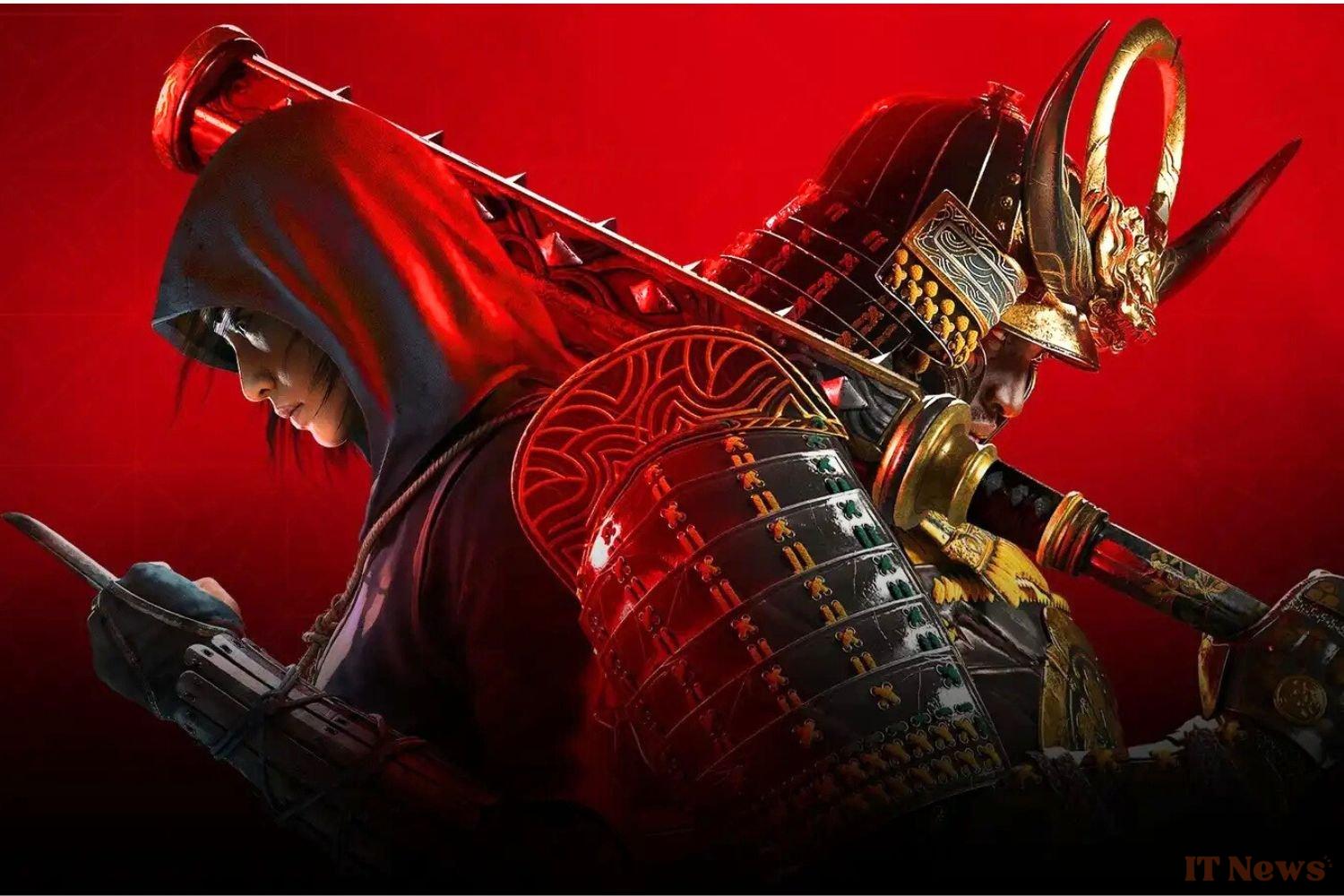
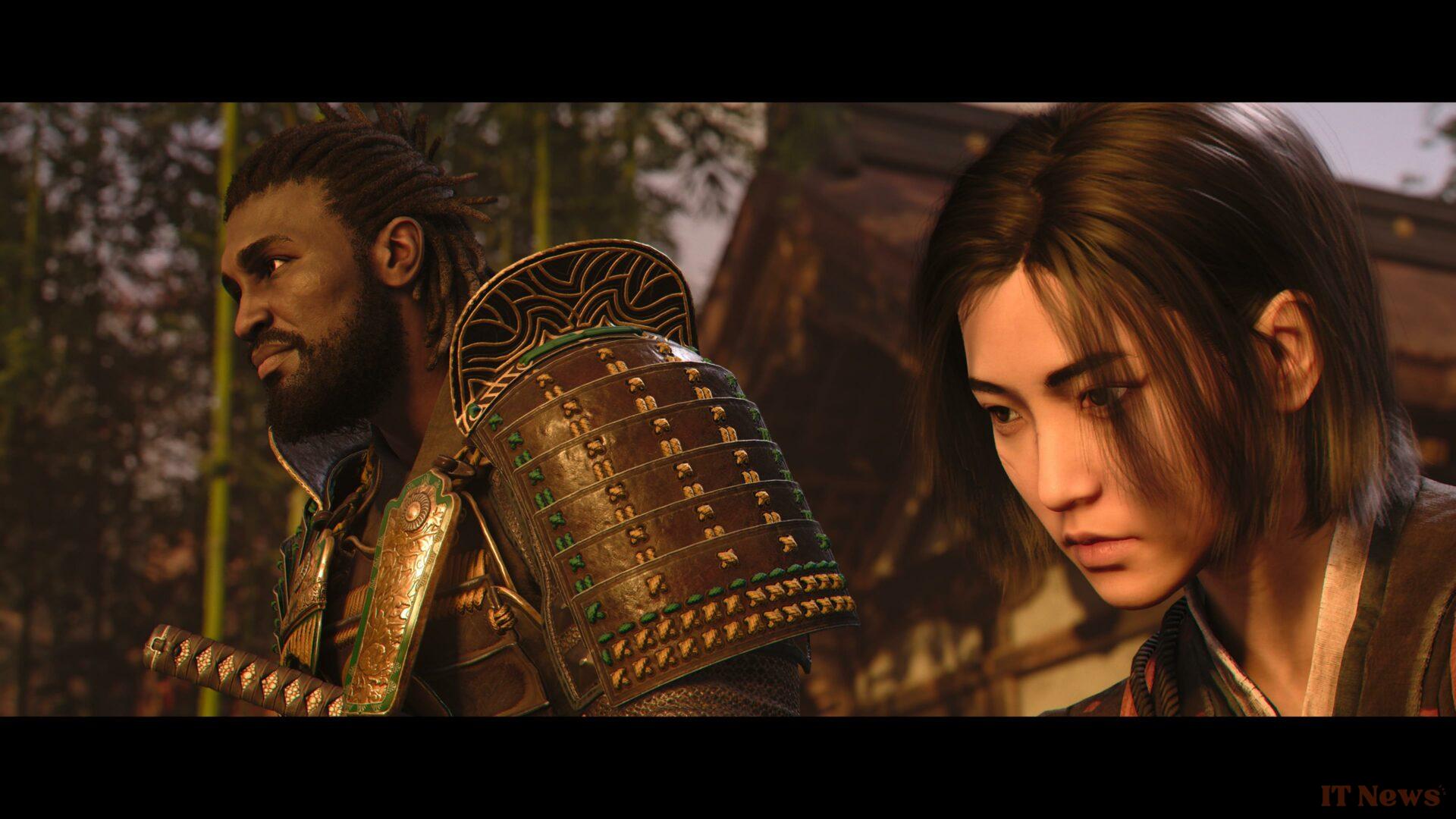
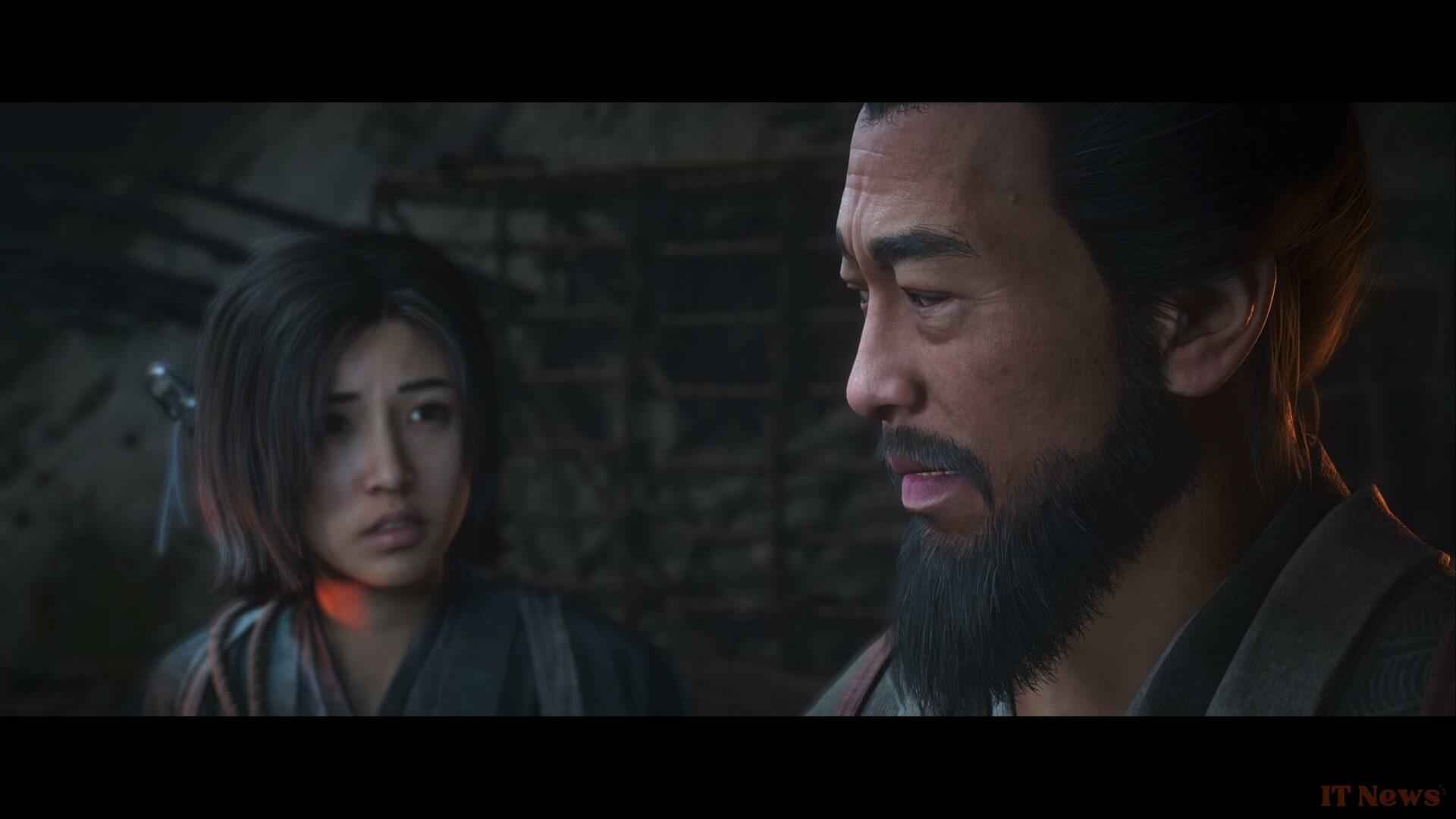
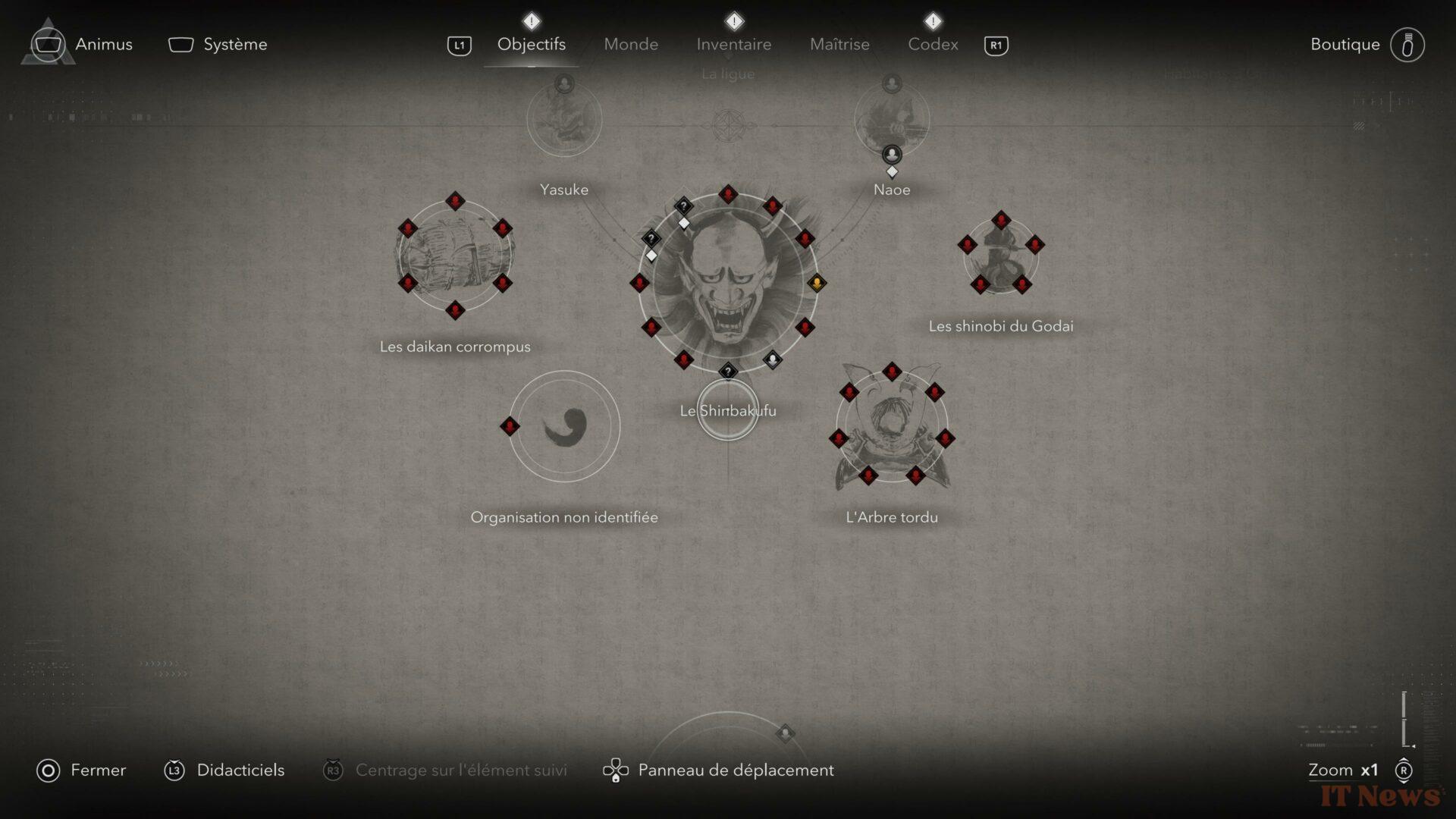
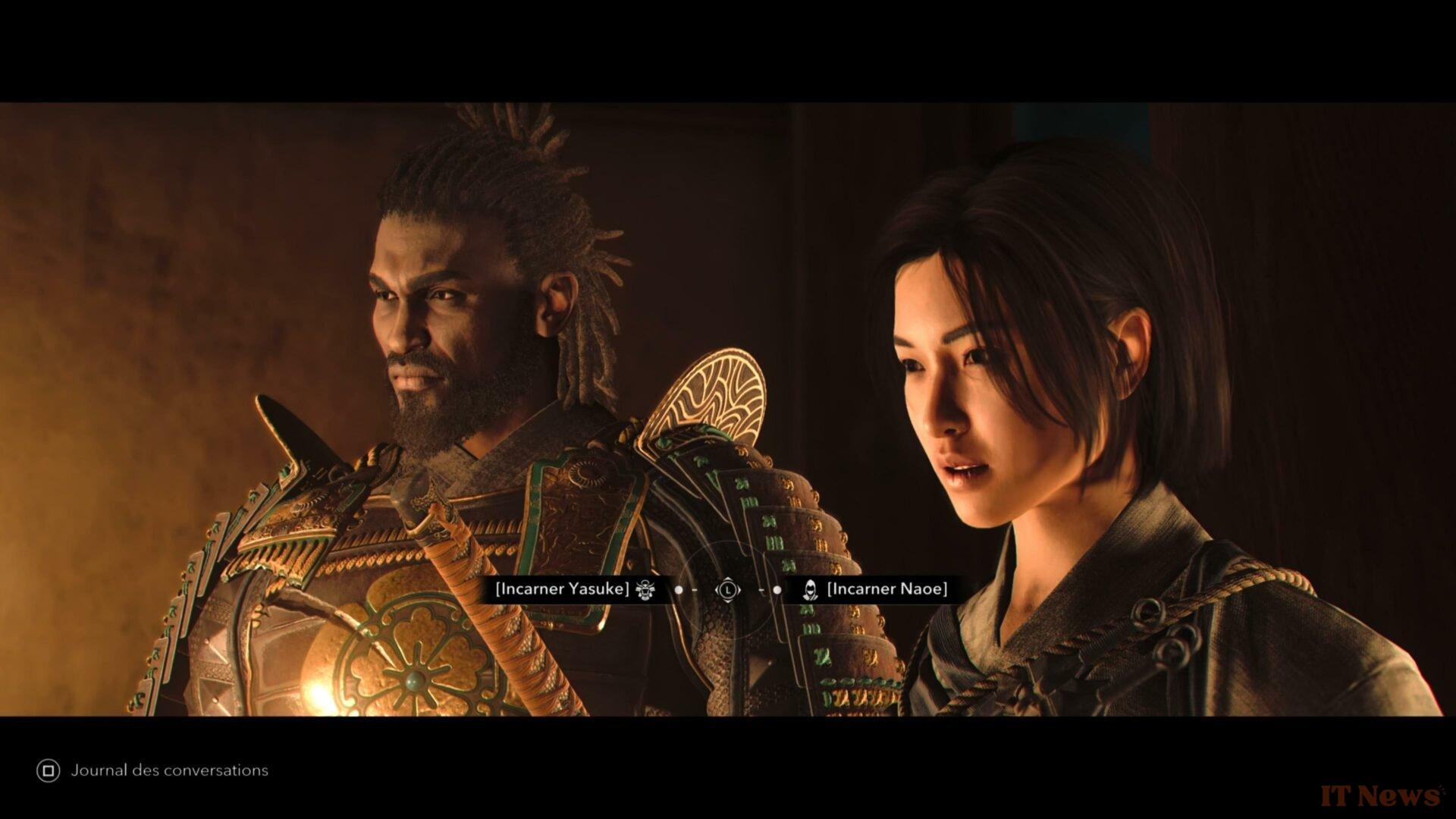
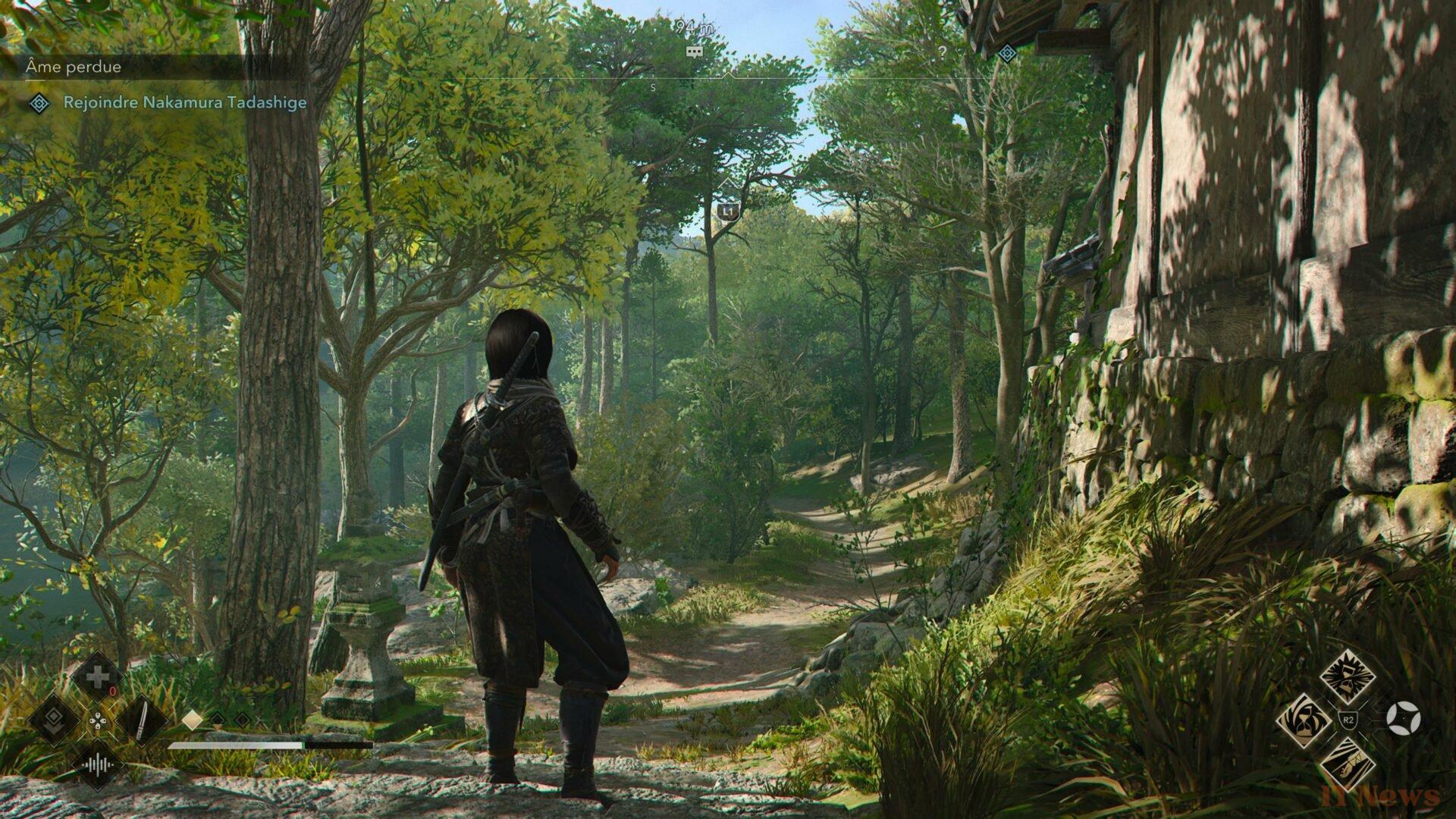
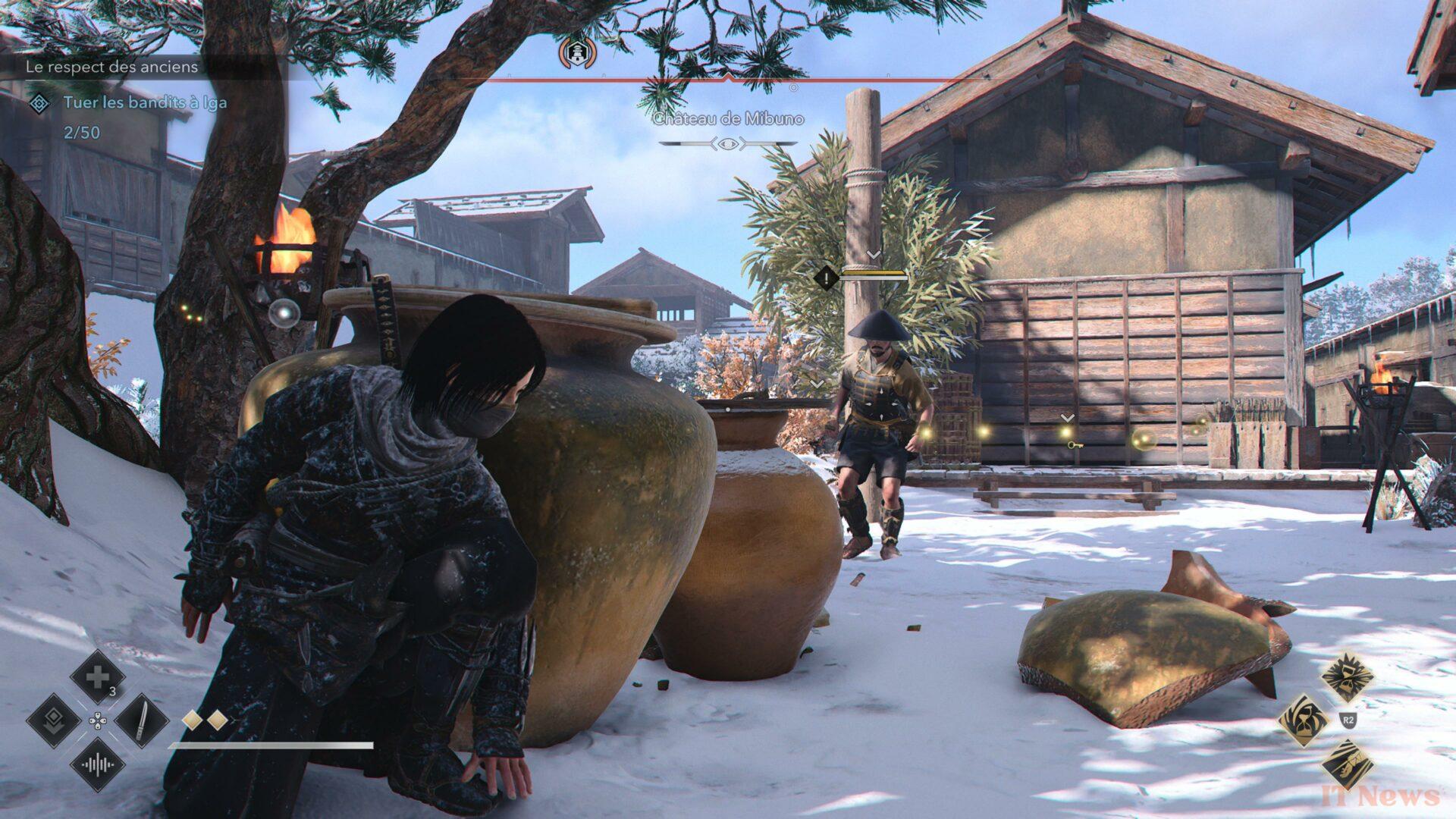
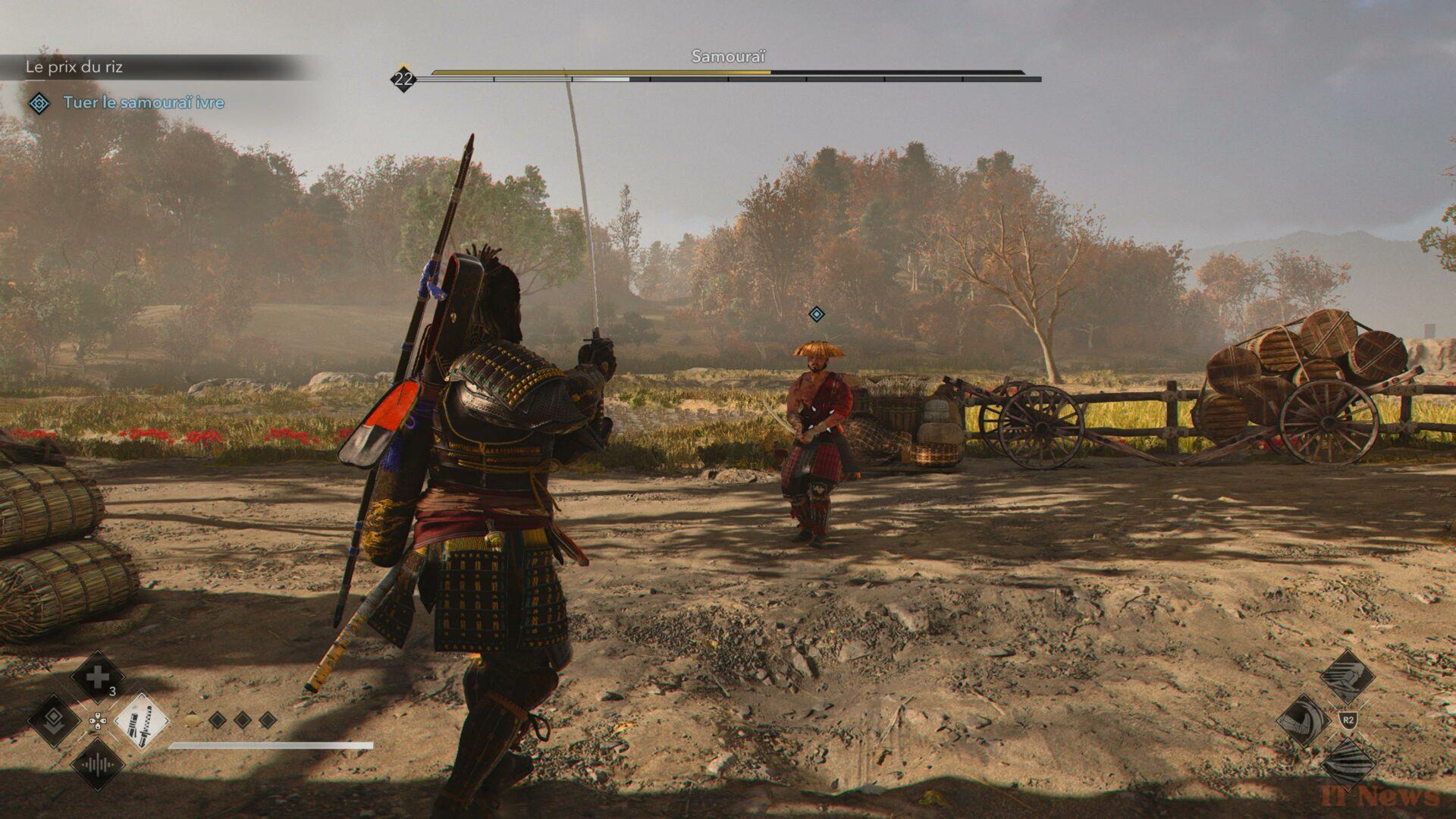
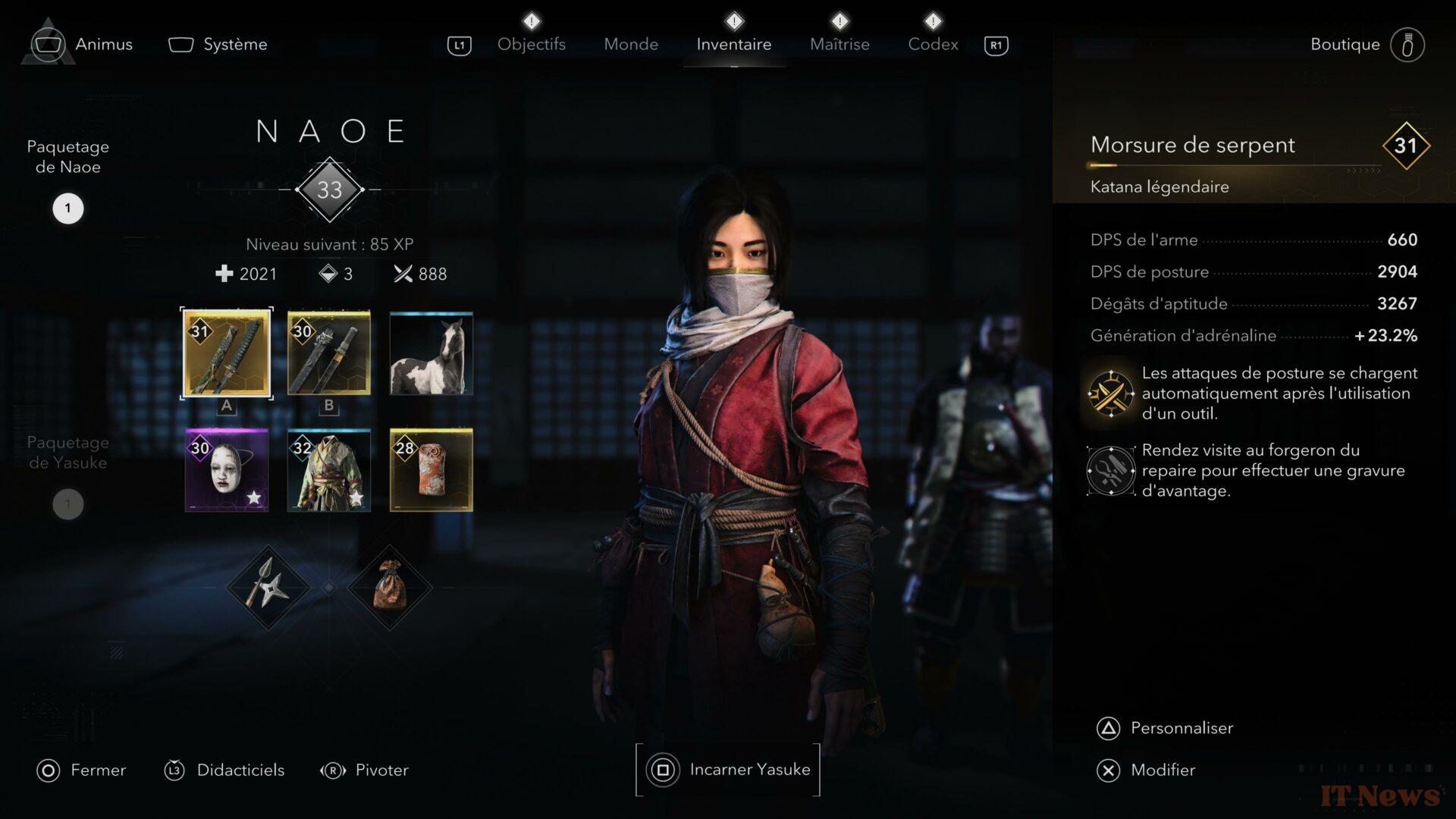

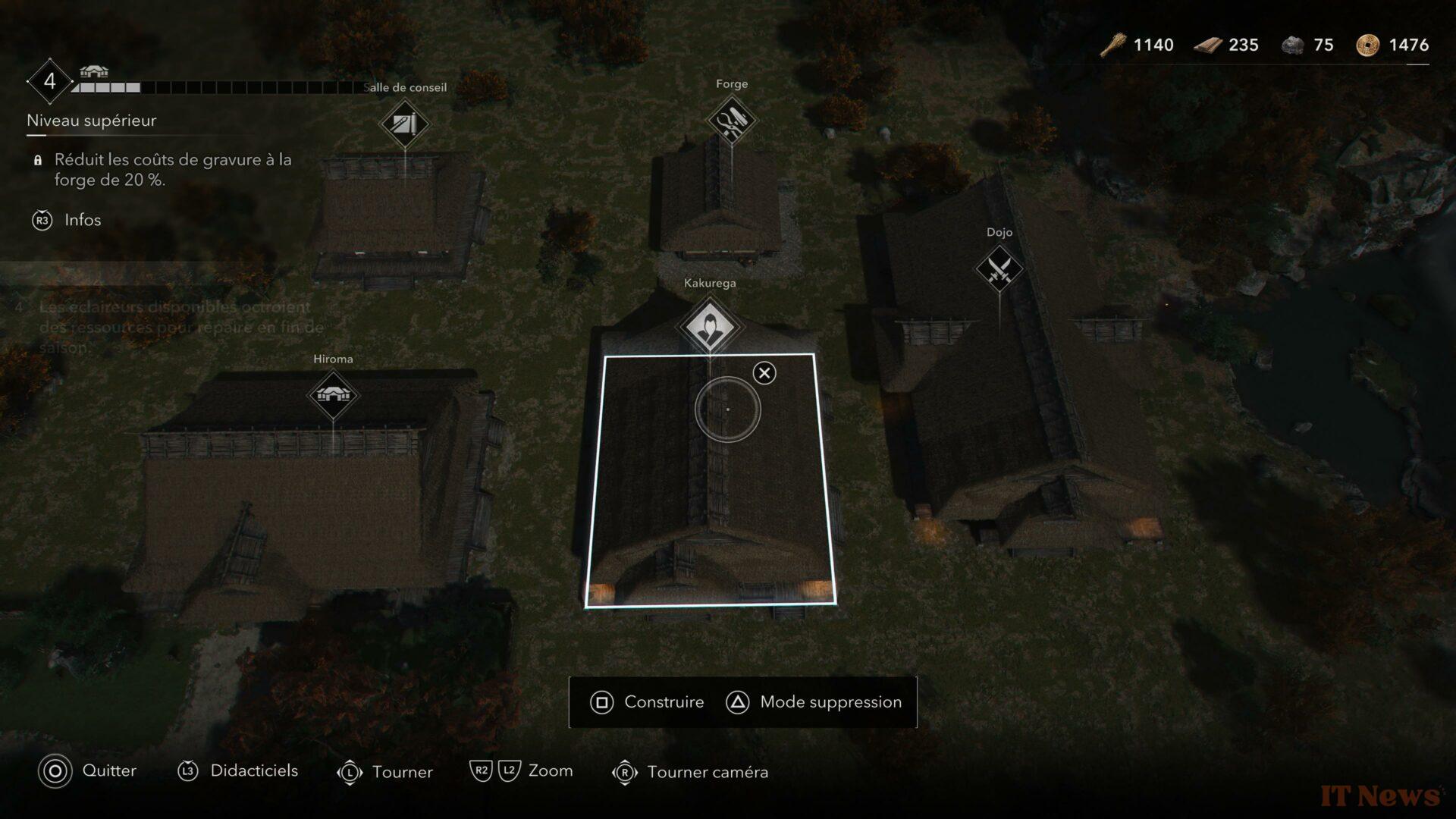

0 Comments